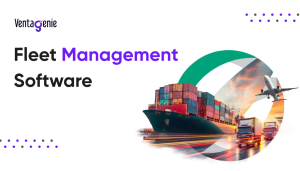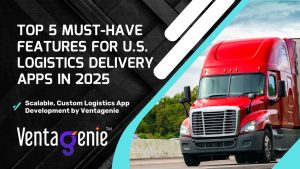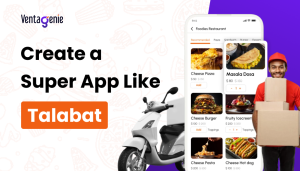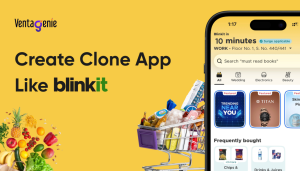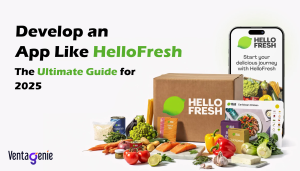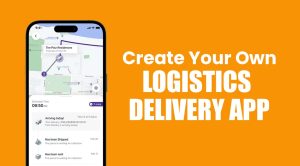
Mr. Aniket D is a seasoned digital marketer with over 10 years of experience in market research, content strategy, and performance marketing.
He specializes in analyzing consumer behavior, identifying emerging market trends, and translating insights into actionable digital strategies.
His work focuses on blending research-driven content with SEO and lead generation to drive measurable business growth.
Known for his data-first mindset, Aniket helps brands make smarter, audience-focused decisions in competitive markets.
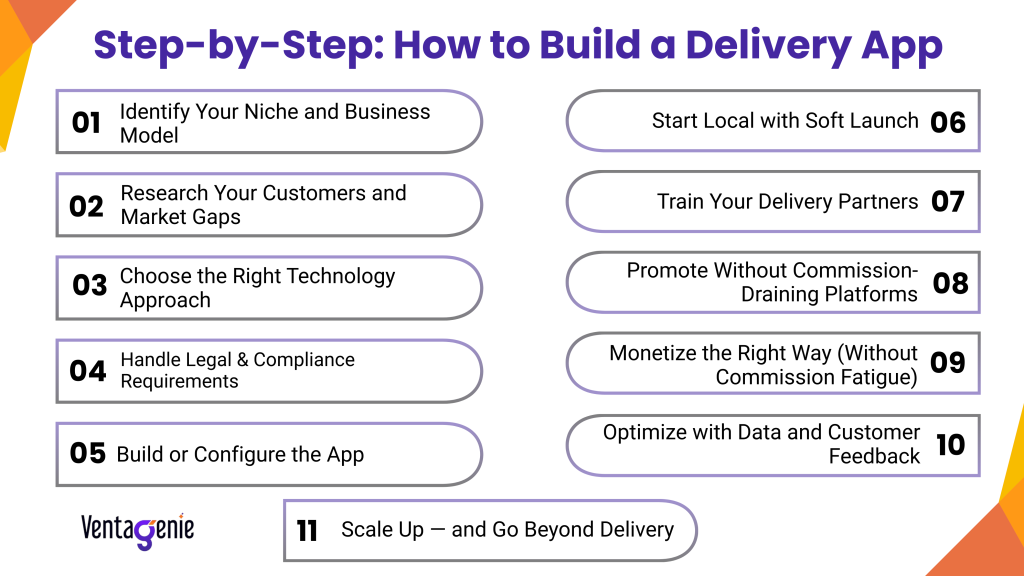
 Choose your niche:
Choose your niche: Pain Points by Country:
Pain Points by Country: Use Google Trends and social media to find local gaps in “grocery delivery app” or “online food delivery system.”
Use Google Trends and social media to find local gaps in “grocery delivery app” or “online food delivery system.” Essential Modules:
Essential Modules: Tools to use:
Tools to use: Many big brands started small:
Many big brands started small:
